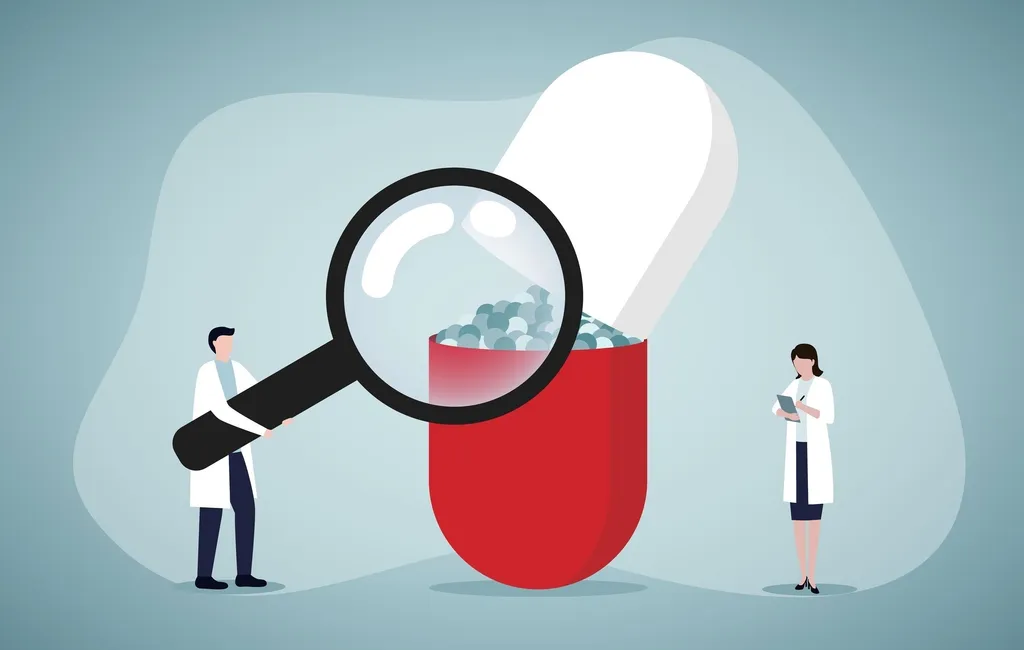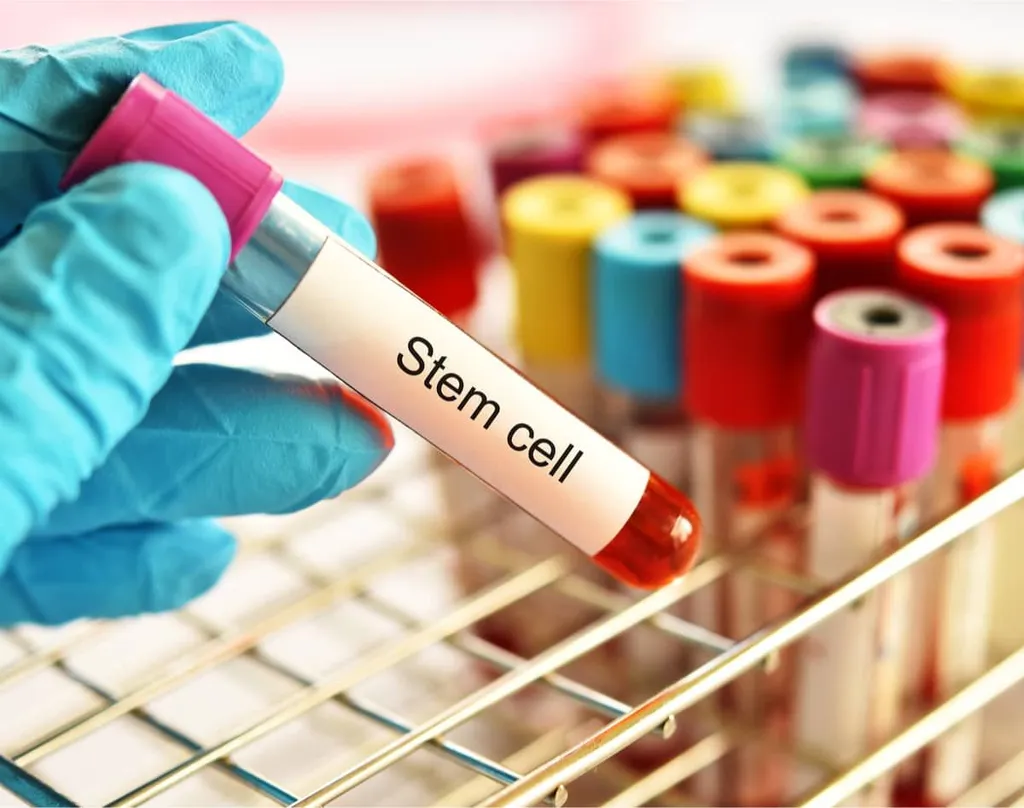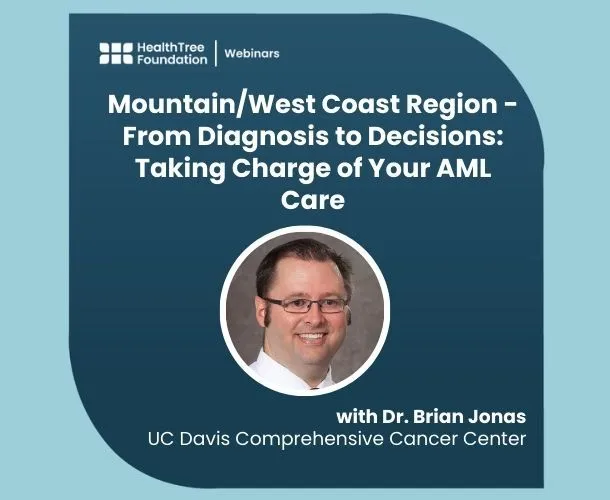AML Patients Found to Have High Rates of PTSD

AML is an incredibly tough disease to fight. Intensive chemotherapy and isolating hospitalizations can cause substantial physical and psychological symptoms. A study published in the March issue of Cancer assessed newly treated AML patients for Posttraumatic Stress Disorder (PTSD) and identified the most common risk factors for why PTSD occurred.1
The study was a secondary analysis of data from 160 patients with high-risk AML who were enrolled in a supportive trial. The PTSD Checklist‐Civilian Version was used to assess PTSD symptoms 1 month after AML diagnosis. Two questionnaires were also used to assess coping skills and quality of life (QOL).
The researchers found that 28% of the patients reported PTSD symptoms, describing high rates of intrusion, avoidance, and hypervigilance. This is higher than what research has found among other cancers. A study from 2017 that included all types of cancer reported that 20% of patients experienced PTSD within months of their diagnosis.2
The researchers concluded that a large proportion of patients with AML report significant PTSD symptoms 1 month after initiating intensive chemotherapy. Patients who began treatment with a lower quality of life, who did not have established coping mechanisms and who exhibited a decline in their quality of life throughout chemotherapy had a higher risk of developing PTSD.
This evidence highlights the need for supportive therapies for patients with AML during the induction chemotherapy period to reduce the likelihood of the development of PTSD. In order to fully overcome AML, mental health must be made a priority. Patients with AML need to be offered psychological support services early on in their treatment as well as ongoing follow-up. Mental well-being is just as important as physical health!
If you are going through treatment for AML and are looking to reduce your risk of PTSD, you have several options to consider:
- Seek professional guidance. A psychologist, therapist or social worker would be a great addition to your care team. Talking through your diagnosis, your frustrations and the life changes you are going through will help you manage the emotions you are experiencing. Your provider will also be able to provide you with various coping mechanisms to use during difficult times. It’s important to recognize that seeking help for emotional issues is not a weakness. It’s actually a way to help you heal and improve your health in the long run.
- Try to boost your mood. Continue to engage in activities you enjoy as you are able. While in the hospital, engage in things such as crossword puzzles, games or books. Watch movies that make you happy. Listen to music or podcasts that interest you. Talk, text or call supportive friends and family members. Keep your brain active!
- Don’t neglect your physical fitness. If medically able, get up from your bed when possible. Short walks, sitting in a chair and working with a physical therapist are all great ways to maintain your muscle mass. Physical fitness is directly correlated with quality of life.
References:
- Amonoo HL, LeBlanc TW, Kavanaugh AR, et al. Posttraumatic stress disorder (PTSD) symptoms in patients with acute myeloid leukemia (AML). Cancer. Published online March 25, 2021. doi:10.1002/cncr.33524
- Chan, C.M.H., Ng, C.G., Taib, N.A., Wee, L.H., Krupat, E. and Meyer, F. (2018), Course and predictors of post‐traumatic stress disorder in a cohort of psychologically distressed patients with cancer: A 4‐year follow‐up study. Cancer, 124: 406-416. https://doi.org/10.1002/cncr.30980
AML is an incredibly tough disease to fight. Intensive chemotherapy and isolating hospitalizations can cause substantial physical and psychological symptoms. A study published in the March issue of Cancer assessed newly treated AML patients for Posttraumatic Stress Disorder (PTSD) and identified the most common risk factors for why PTSD occurred.1
The study was a secondary analysis of data from 160 patients with high-risk AML who were enrolled in a supportive trial. The PTSD Checklist‐Civilian Version was used to assess PTSD symptoms 1 month after AML diagnosis. Two questionnaires were also used to assess coping skills and quality of life (QOL).
The researchers found that 28% of the patients reported PTSD symptoms, describing high rates of intrusion, avoidance, and hypervigilance. This is higher than what research has found among other cancers. A study from 2017 that included all types of cancer reported that 20% of patients experienced PTSD within months of their diagnosis.2
The researchers concluded that a large proportion of patients with AML report significant PTSD symptoms 1 month after initiating intensive chemotherapy. Patients who began treatment with a lower quality of life, who did not have established coping mechanisms and who exhibited a decline in their quality of life throughout chemotherapy had a higher risk of developing PTSD.
This evidence highlights the need for supportive therapies for patients with AML during the induction chemotherapy period to reduce the likelihood of the development of PTSD. In order to fully overcome AML, mental health must be made a priority. Patients with AML need to be offered psychological support services early on in their treatment as well as ongoing follow-up. Mental well-being is just as important as physical health!
If you are going through treatment for AML and are looking to reduce your risk of PTSD, you have several options to consider:
- Seek professional guidance. A psychologist, therapist or social worker would be a great addition to your care team. Talking through your diagnosis, your frustrations and the life changes you are going through will help you manage the emotions you are experiencing. Your provider will also be able to provide you with various coping mechanisms to use during difficult times. It’s important to recognize that seeking help for emotional issues is not a weakness. It’s actually a way to help you heal and improve your health in the long run.
- Try to boost your mood. Continue to engage in activities you enjoy as you are able. While in the hospital, engage in things such as crossword puzzles, games or books. Watch movies that make you happy. Listen to music or podcasts that interest you. Talk, text or call supportive friends and family members. Keep your brain active!
- Don’t neglect your physical fitness. If medically able, get up from your bed when possible. Short walks, sitting in a chair and working with a physical therapist are all great ways to maintain your muscle mass. Physical fitness is directly correlated with quality of life.
References:
- Amonoo HL, LeBlanc TW, Kavanaugh AR, et al. Posttraumatic stress disorder (PTSD) symptoms in patients with acute myeloid leukemia (AML). Cancer. Published online March 25, 2021. doi:10.1002/cncr.33524
- Chan, C.M.H., Ng, C.G., Taib, N.A., Wee, L.H., Krupat, E. and Meyer, F. (2018), Course and predictors of post‐traumatic stress disorder in a cohort of psychologically distressed patients with cancer: A 4‐year follow‐up study. Cancer, 124: 406-416. https://doi.org/10.1002/cncr.30980

about the author
Katie Braswell
Katie joined HealthTree as the Community Director for AML in 2021 and became HealthTree's Director of Education in 2023. Katie is a registered dietitian who is passionate about health literacy and patient empowerment. She loves to cook, travel and spend time with her newborn son, husband and dog.
More on Treatment Advances
Trending Articles
Upcoming Events

Get the Latest Acute Myeloid Leukemia Updates, Delivered to You.
By subscribing to the HealthTree newsletter, you'll receive the latest research, treatment updates, and expert insights to help you navigate your health.












